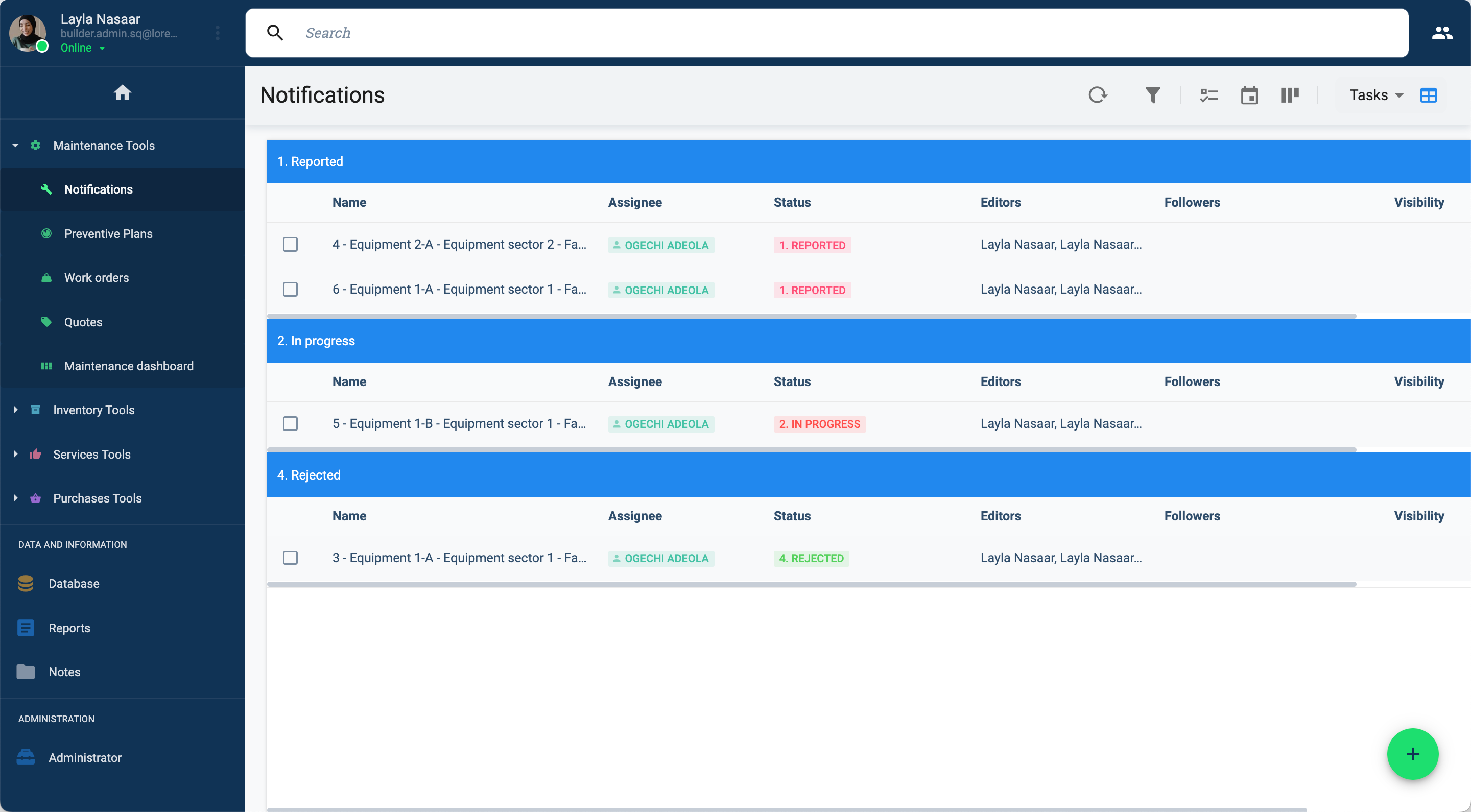Task View
Overview
The task view is a graphic interface to view tasks at a glance. It's an easy way to search for and manage tasks, along with getting a general idea of the status of tasks in your company. Furthermore, it can also cover the visualization of other implemented solutions, such as the statuses of a company's client.
There are four different task views:
- list view,
- calendar view,
- kanban view,
- and table view.
Each view permits different ways to visualize and handle tasks.
Admins: For more details on configuring the task view, click here.
Menu Bar Icons
From the task view title bar you can access the different tasks views and filters.

- 1. Collapse: Collapse or expand groupings (available in list and table views)
- 2. Refresh: Refresh task information and display
- 3. Filter: Filter tasks by criteria
- 4. Sort: Sort tasks
- 5. Grouped: Group tasks by criteria
- 6. Visible: Column visibility (only in table view)
- 7. Selected Task View Name: Displays the name of the currently selected task view
- 8. Views: Open the views panel
- 9. More: Bulk export and import of tasks (only in table view)
Views Panel
The views panel is where users can create and manage custom views for tasks. This panel allows you to create personalized task views that can be either private (personal use only) or public (shared with other users). Custom views help organize and display tasks according to your specific needs and preferences.
Accessing the View Panel
The view panel can be accessed from the task view interface. It provides a centralized location to manage all your custom views.
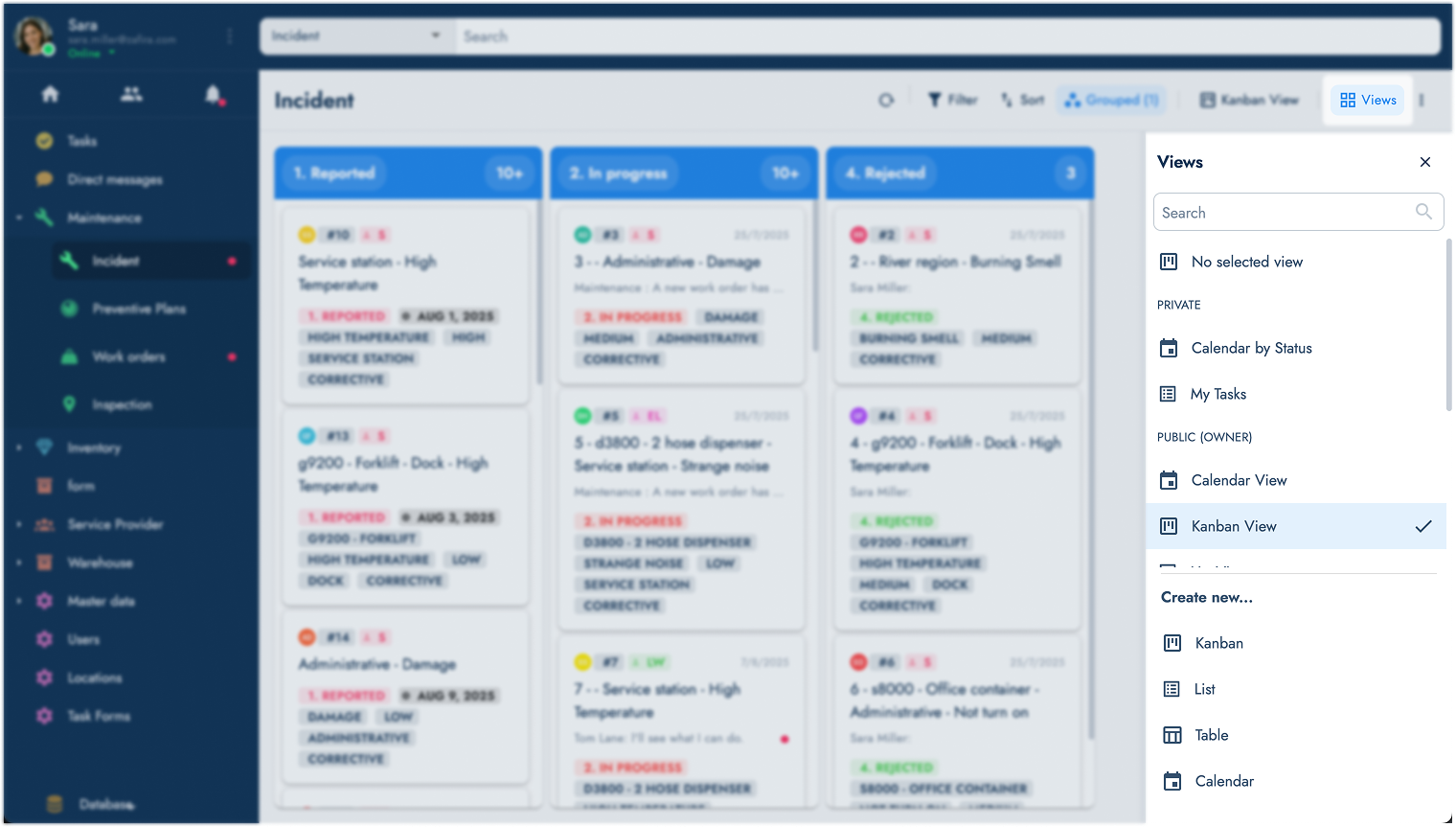
View Panel Components
The view panel displays all available views organized by type and visibility. Here's what you'll find in the view panel:

- 1. View Search: Search for specific views by name
- 2. Private Views: Personal views visible only to you
- 3. Public Views (Created by me): Public views that you've created and shared
- 4. Public Views: Views created and shared by other users
- 5. Create New View: Create a new custom view (table, list, kanban, or calendar) based on the workflow configuration
Creating a New View
To create a new custom view, click on the type of view you want to create (table, list, kanban, or calendar). A configuration panel will appear with the following options:
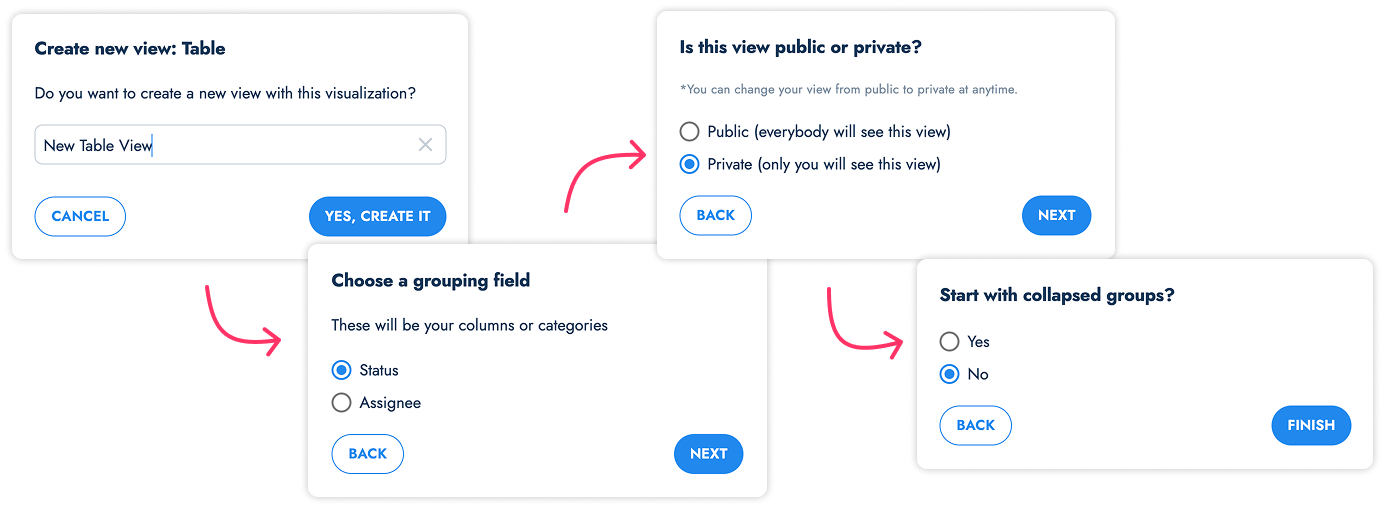
- 1. View Name: Enter a descriptive name for your view
- 2. Group By: Choose to group tasks by status or assigned user
- 3. Visibility: Select whether the view will be public (shared) or private (personal)
- 4. Default State: Choose if groups will start collapsed or expanded when the view loads
Managing Existing Views
You can modify any existing view by right-clicking on it in the view panel. This opens a context menu with the following options:
- Edit: Modify the view's name, visibility, view type, or default collapse state
- Delete: Remove the view permanently
When you're working within a custom view and modify filters, grouping, or task sorting, all changes are automatically saved to that view. This means each view maintains its own unique configuration and display preferences.
View Types and Configurations
The types of views available for creation depend on your workflow's configuration. Administrators can enable or disable specific view types for each workflow group. The available options typically include:
- List View: Vertical task display with grouping options
- Kanban View: Card-based horizontal task organization
- Calendar View: Time-based task visualization
- Table View: Structured tabular task display
Available Task Views
List View
Displays tasks in a vertical view, sorting them in groups according to the filters being used. The List View has a space designated for the task workspace.
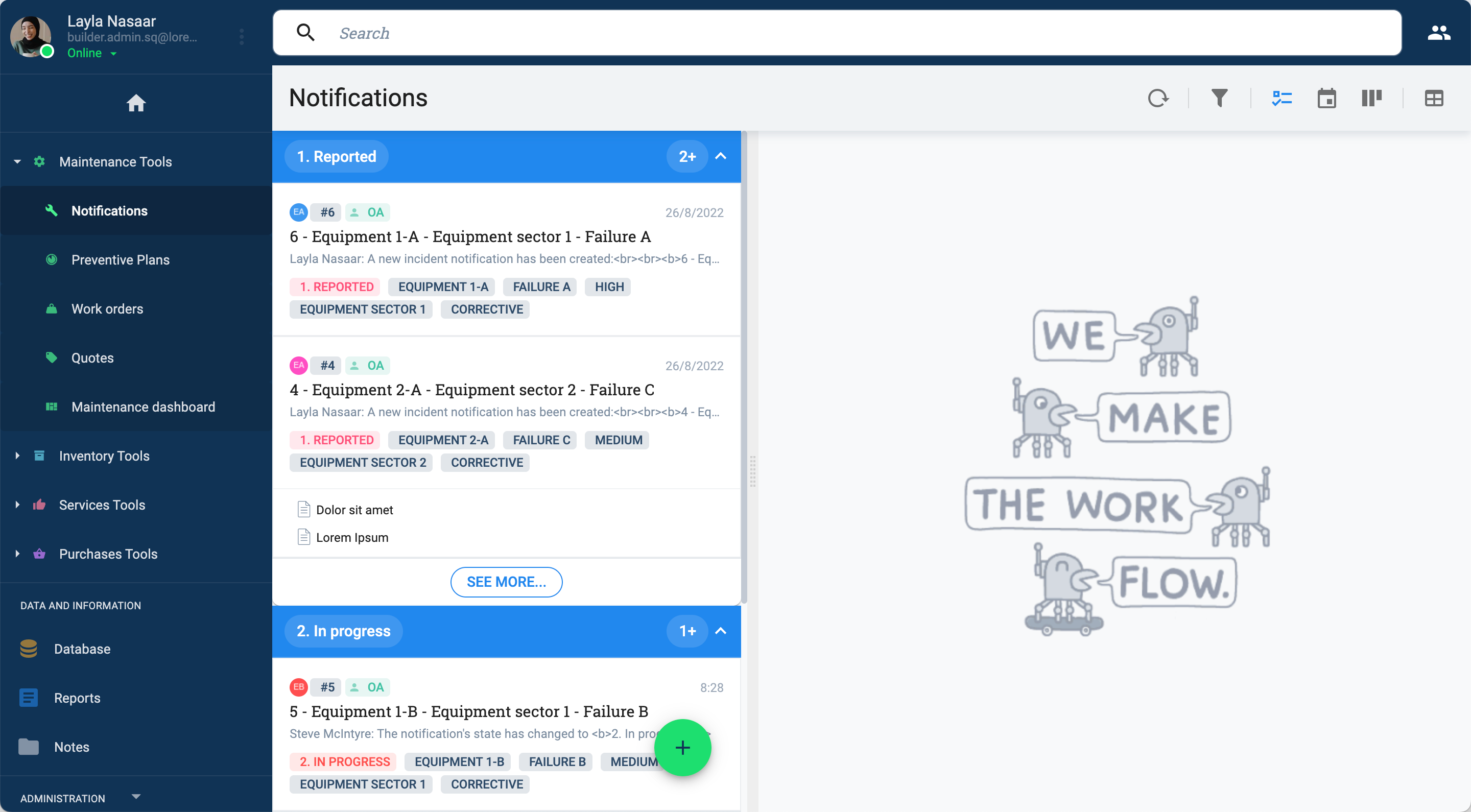
Calendar View
Displays tasks in a calendar. The calendar can be set to day, week, or month view.
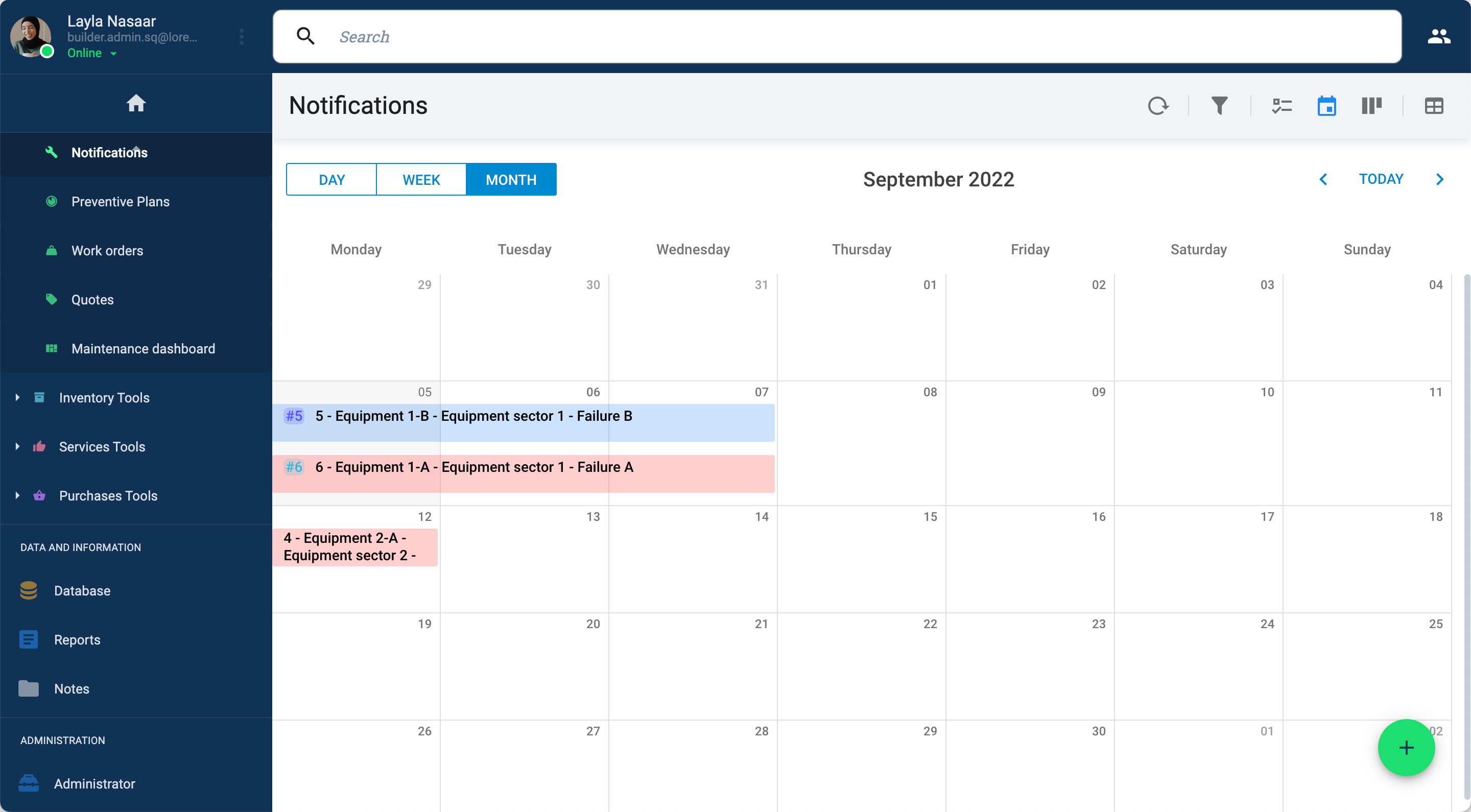
Kanban View
Displays tasks as cards and sorts them horizontally according to the filters being used. The task workspace can be accessed in this view.
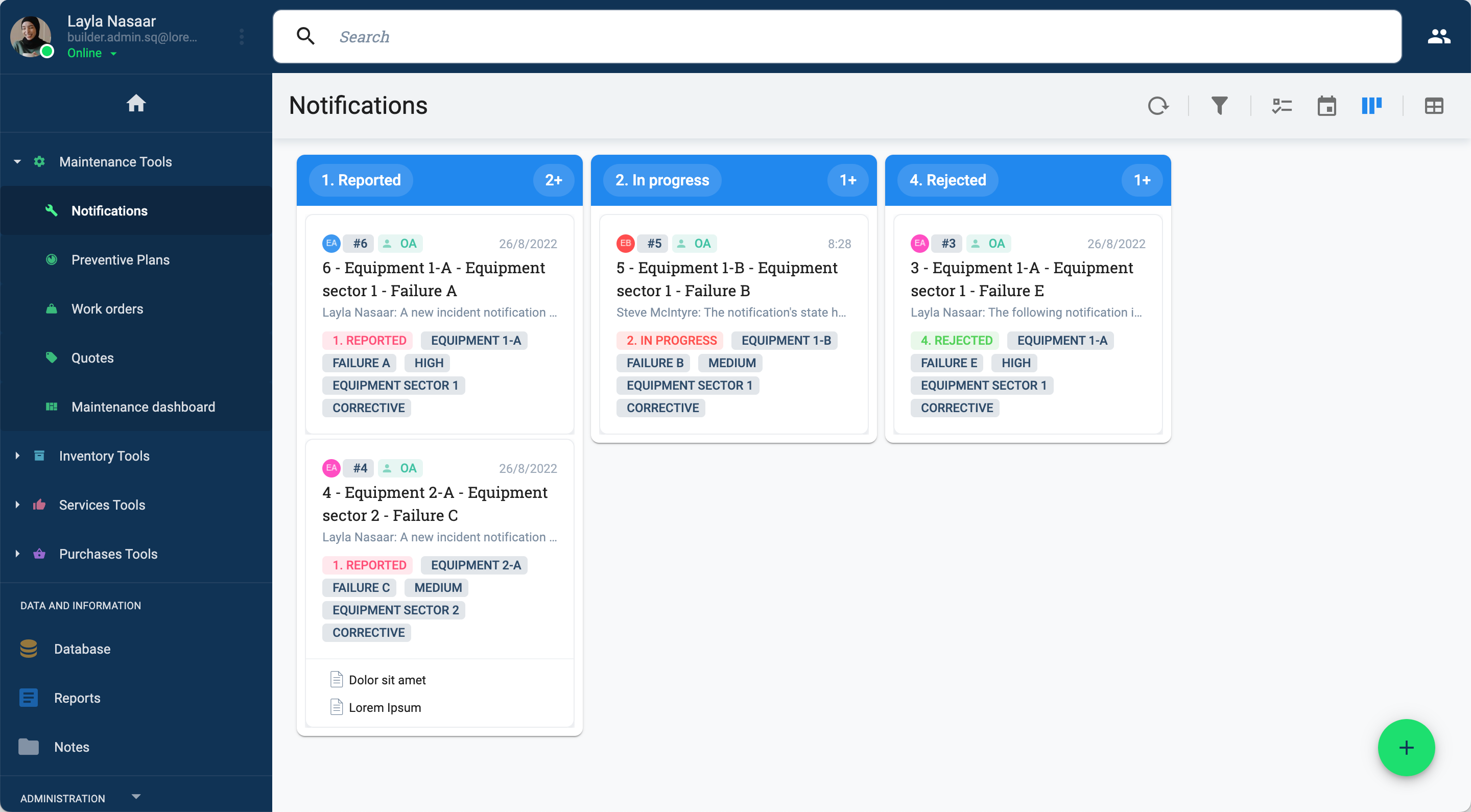
Table View
Tasks are displayed in a table and divided by task status (workflow state).
